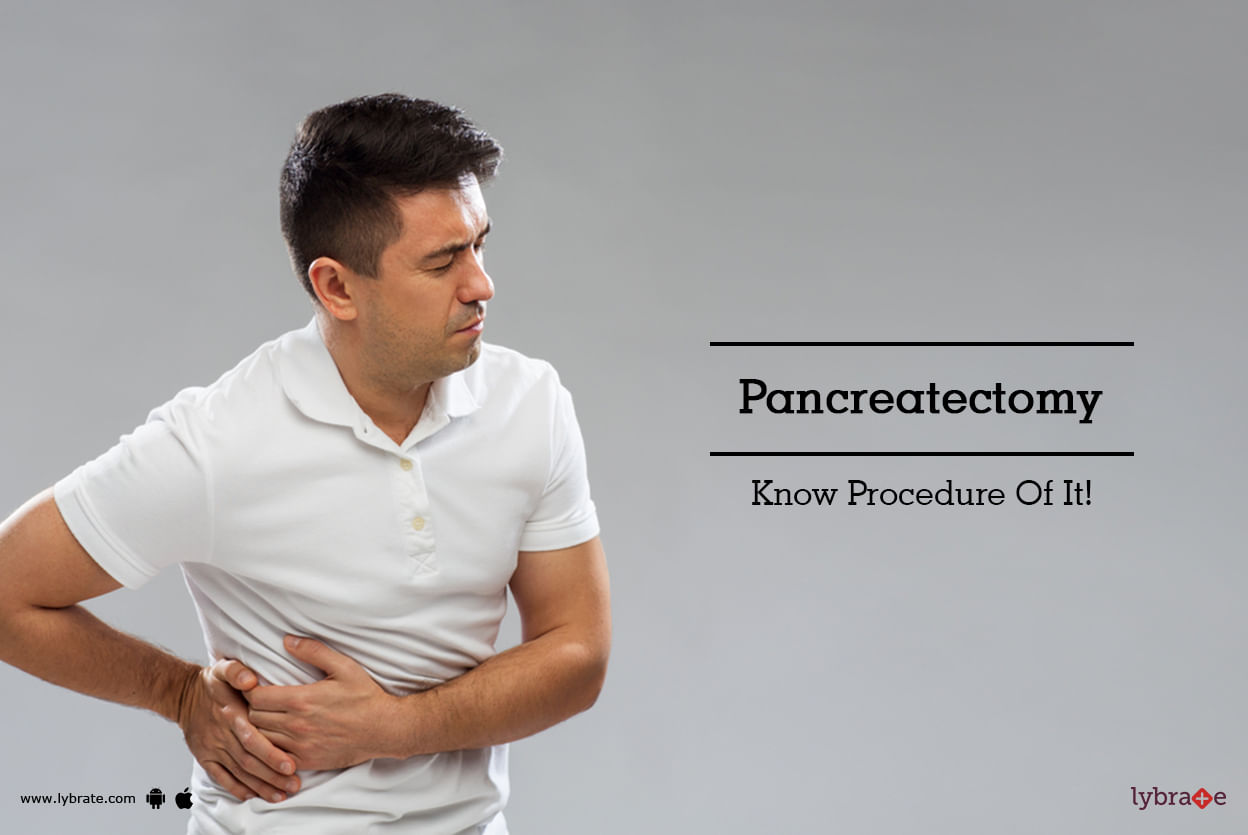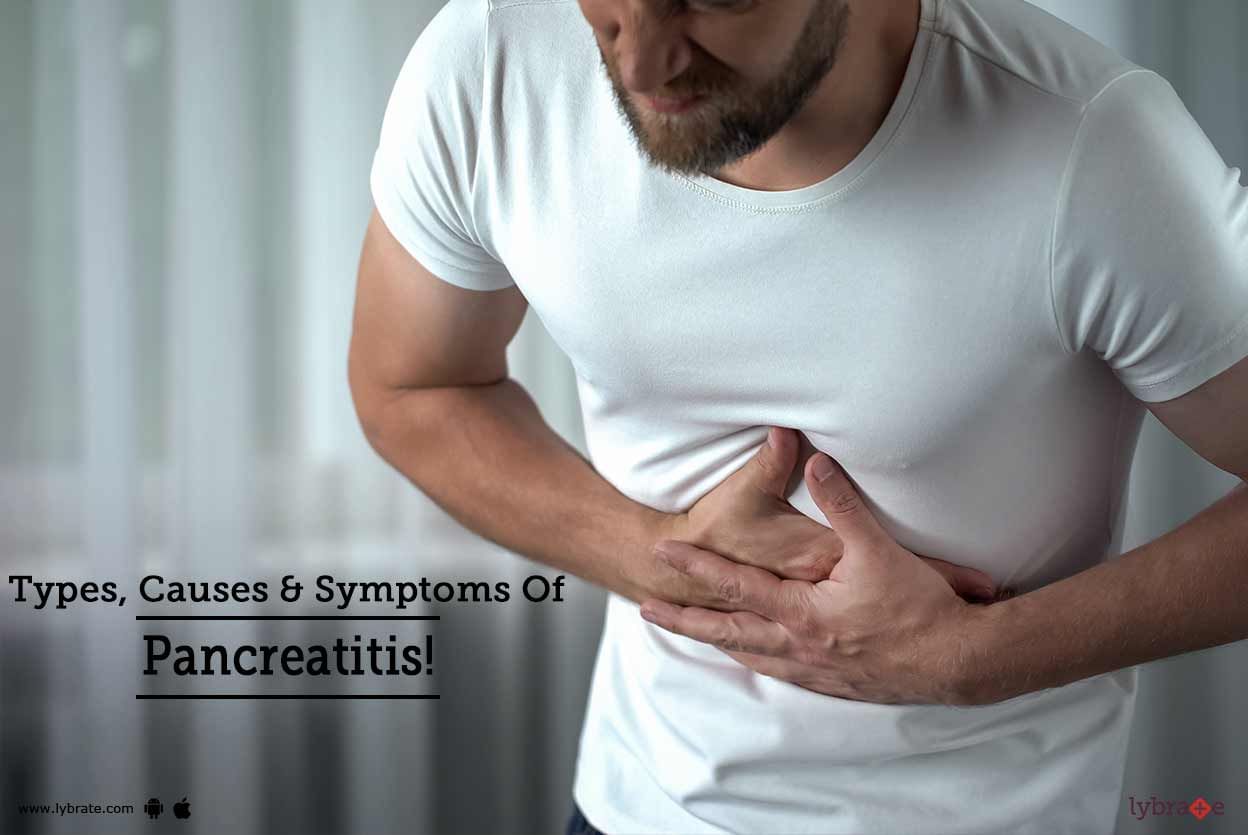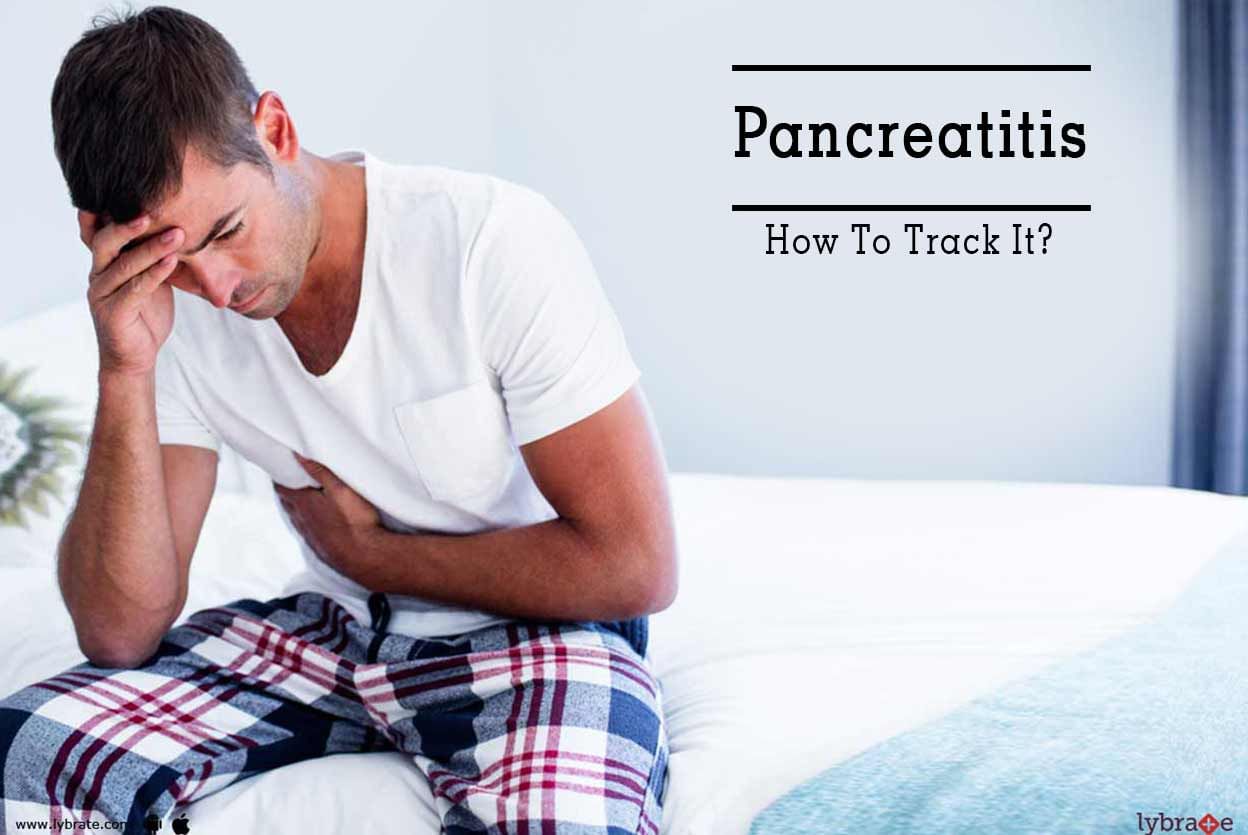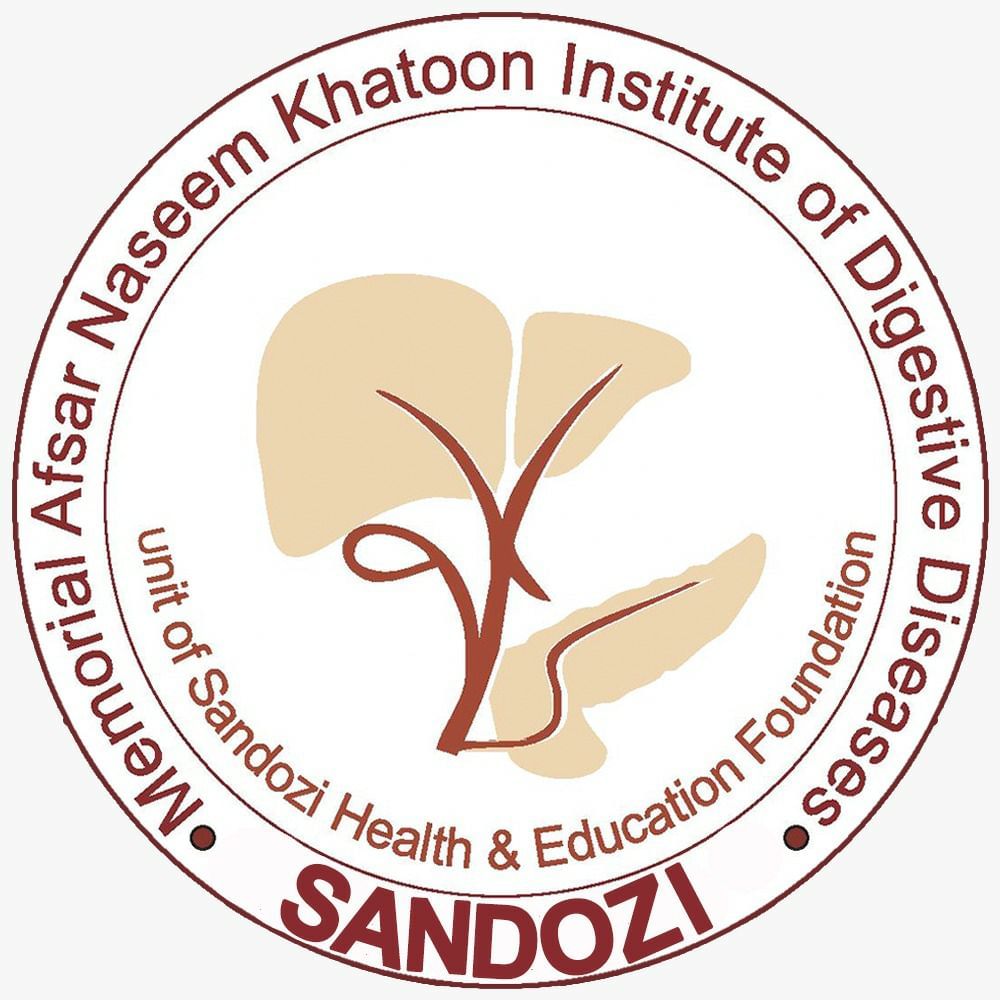Get the App
For Doctors
Login/Sign-up
About
Health Feed
Find Doctors
Health Packages
AllQ&AsTipsQuizzes
Chronic Pancreatitis Tips
Last Updated: 5 years ago• Featured Tip
Share
Bookmark
Report
Pancreas are a small, but a pretty important part of a person s digestive system. So when it needs to be removed, the reason has got to be quite serious, to say the least, doesn t it? The procedure is known formally as pancreatectomy and it is most often required for people who are suffering from cancer of the pancreas. Ideally, these people would only need the cancerous tumours removed, but things are not always this simple. As a matter of fact, only a little more than a tenth of the people who...more
Last Updated: 5 years ago• Featured Tip
Share
Bookmark
Report
Chronic pancreatitis refers to an inflammation of the pancreas the organ that creates enzymes and hormones to manage blood sugar levels and aids in digestion. The condition either does not heal completely and keeps coming back, or persists for months or years at a stretch.
Chronic pancreatitis is a serious, debilitating condition, which can potentially lead to permanent damage and scarring of the organ. The following are the consequences-
Formation of cysts and calcium ston...more
Chronic pancreatitis is a serious, debilitating condition, which can potentially lead to permanent damage and scarring of the organ. The following are the consequences-
Formation of cysts and calcium ston...more
Last Updated: 6 years ago• Featured Tip
Share
Bookmark
Report
Exocrine Pancreatic Insufficiency (EPI), also called pancreatic deficiency, is a disorder where the pancreas is unable to produce a sufficient amount of enzymes that are required to digest food. The pancreatic enzymes help to break down and absorb nutrients from the food in the small intestine. So, this disease causes nutritional deficiencies.
Causes of Exocrine Pancreatic Insufficiency
This condition is generally caused as a complication of other diseases because EPI develops ...more
Causes of Exocrine Pancreatic Insufficiency
This condition is generally caused as a complication of other diseases because EPI develops ...more
Last Updated: 6 years ago• Featured Tip
Share
Bookmark
Report
An inflammation of the pancreas is known as pancreatitis. The pancreas is an organ that produces digestive enzymes. Pancreatitis might start any day and continue for long period and it requires immediate medical attention. It is of two types- acute pancreatitis and chronic pancreatitis. Although the treatment usually requires hospitalization, pancreatitis can be easily stabilized and the underlying cause can be treated thereafter.
CAUSES:
Pancreatitis may be caused due to vario...more
CAUSES:
Pancreatitis may be caused due to vario...more
Last Updated: 6 years ago• Featured Tip
Share
Bookmark
Report
Exocrine Pancreatic Insufficiency (EPI), also called pancreatic deficiency, is a disorder where the pancreas is unable to produce a sufficient amount of enzymes that are required to digest food. The pancreatic enzymes help to break down and absorb nutrients from the food in the small intestine. So, this disease causes nutritional deficiencies.
Causes of Exocrine Pancreatic Insufficiency
This condition is generally caused as a complication of other diseases because EPI develops ...more
Causes of Exocrine Pancreatic Insufficiency
This condition is generally caused as a complication of other diseases because EPI develops ...more
Last Updated: 6 years ago• Featured Tip
Share
Bookmark
Report
The diagnosis, as well as management of pancreatic cystic lesions, is a general problem. Nearly 1% of the patients in the chief medical centers have been observed to have pancreatic cystic lesions on cross-sectional imaging. It has also been observed that a quarter of all pancreas scanned in an autopsy series contain pancreatic cysts. Earlier, these cystic lesions were regarded as benign but with increasing evidence made available from the cystic lesions, they are regarded as origin of pancreati...more
Last Updated: 6 years ago• Featured Tip
Share
Bookmark
Report
MBBS, MD - General Medicine, DNB- Gastro...read more
Gastroenterologist•Sri Ganganagar
Inflammation of the pancreas is known as pancreatitis. The pancreas is an organ that produces digestive enzymes. Pancreatitis might start any day and continue for a long period and it requires immediate medical attention. It is of two types- acute pancreatitis and chronic pancreatitis. Although the treatment usually requires hospitalization, pancreatitis can be easily stabilized and the underlying cause can be treated thereafter.
CAUSES:
Pancreatitis may be caused due to various rea...more
CAUSES:
Pancreatitis may be caused due to various rea...more
Last Updated: 6 years ago• Featured Tip
Share
Bookmark
Report
Chronic pancreatitis refers to an inflammation of the pancreas the organ that creates enzymes and hormones to manage blood sugar levels and aids in digestion. The condition either does not heal completely and keeps coming back, or persists for months or years at a stretch.
Chronic pancreatitis is a serious, debilitating condition, which can potentially lead to permanent damage and scarring of the organ. The following are the consequences-
Formation of cysts and calcium ston...more
Chronic pancreatitis is a serious, debilitating condition, which can potentially lead to permanent damage and scarring of the organ. The following are the consequences-
Formation of cysts and calcium ston...more
Last Updated: 6 years ago• Featured Tip
Share
Bookmark
Report
An inflammation of the pancreas is known as pancreatitis. The pancreas is an organ that produces digestive enzymes. Pancreatitis might start any day and continue for a long period and it requires immediate medical attention. It is of two types- acute pancreatitis and chronic pancreatitis. Although the treatment usually requires hospitalization, pancreatitis can be easily stabilized and the underlying cause can be treated thereafter.
CAUSES:
Pancreatitis may be caused due to var...more
CAUSES:
Pancreatitis may be caused due to var...more
Last Updated: 6 years ago• Featured Tip
Share
Bookmark
Report
Gastroenterologist•Hyderabad
Exocrine Pancreatic Insufficiency (EPI), also called pancreatic deficiency, is a disorder where the pancreas is unable to produce the sufficient amount of enzymes that are required to digest food. The pancreatic enzymes help to break down and absorb nutrients from the food in the small intestine. So, this disease causes nutritional deficiencies.
Causes of Exocrine Pancreatic Insufficiency
This condition is generally caused as a complication of other diseases because EPI develop...more
Causes of Exocrine Pancreatic Insufficiency
This condition is generally caused as a complication of other diseases because EPI develop...more
Book appointment with top doctors for Chronic Pancreatitis treatment
View fees, clinic timings and reviews
Ask a free question
Get FREE multiple opinions from Doctors
posted anonymously





















